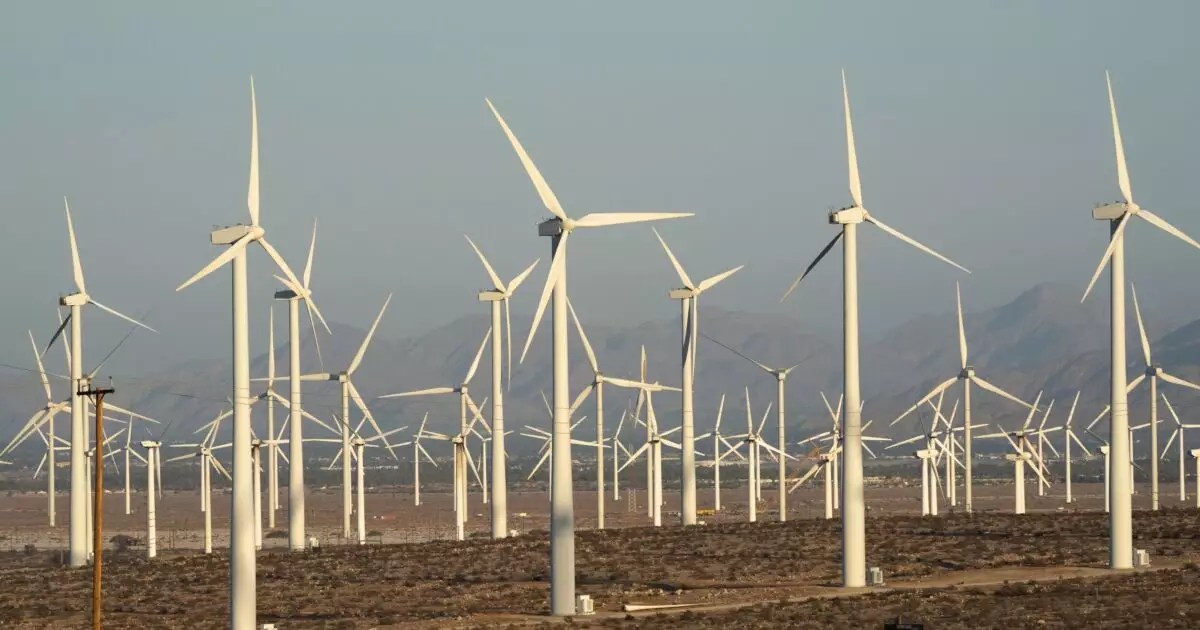In an era where centralized utilities often dominate headlines with their inefficiencies and political entanglements, Marin Clean Energy (MCE) stands as a testament to the potential of localized, innovative energy governance. The recent upgrade of its credit rating to A3 from Baa1 by Moody’s is not merely a bureaucratic feather in its cap; it’s a powerful endorsement of a model aligned with pragmatic, center-right principles emphasizing resilience, efficiency, and strategic independence.
MCE exemplifies a shift away from reliance on sprawling, heavily politicized IOUs like Pacific Gas & Electric. Instead, it champions a community-centered approach—procurement of renewable energy tailored to local needs while maintaining traditional transmission services under PG&E’s infrastructure. This hybrid model leverages competitive procurement and strategic partnerships, fostering a more resilient and customer-focused energy landscape. The rating upgrades underscore that such models are not just socially desirable but financially sound, capable of weathering market volatilities and operational challenges with prudence and foresight.
Financial Ingenuity and Market Resilience: A New Business Norm
What sets MCE apart, and why do credit agencies increasingly endorse its model? The answer lies in its innovative financial strategies and operational discipline. The community choice aggregator has secured a stable revenue stream by retaining a remarkable 86% of its customers annually, despite the inherent freedom for customers to switch back to PG&E. This high retention rate is not a coincidence—it’s a testament to customer satisfaction, effective risk management, and a genuine commitment to affordable, renewable energy.
Furthermore, MCE’s adept use of prepayment transactions for gas supplies demonstrates a sophisticated understanding of market dynamics. By issuing over $1 billion in prepaid energy bonds, MCE safeguards itself against price volatility, locking in discounted natural gas supplies through long-term contracts. These tactical moves not only bolster liquidity but also exemplify a calculated approach that balances risk and reward—a hallmark of pragmatic, center-right economic stewardship.
The upgrade of MCE’s credit rating by Moody’s reflects trust in these strategies, signaling a sustainable pathway toward financial stability. This isn’t mere wishful thinking; it’s a Machiavellian confirmation that local, market-driven institutions can outperform traditional monopolies when managed with discipline and strategic foresight.
Policy, Politics, and the Future of Local Energy
While critics might dismiss community choice aggregators as niche experiments, the evidence suggests they are increasingly vital components of California’s energy future. The policies enabling their creation—legislation rooted in the California Public Utilities Code—are pragmatic frameworks that empower local entities without dismantling existing infrastructure. This hybrid approach ensures stability while fostering competition and innovation.
From a center-right perspective, the resilience shown by MCE underscores the importance of empowering local communities through market mechanisms rather than relying solely on state-directed monopolies. It champions a form of strategic decentralization where local stakeholders retain the authority to procure renewable energy efficiently, meet environmental goals, and maintain financial robustness. This approach aligns with principles favoring limited government intervention complemented by private-sector efficiency and consumer choice.
Marin Clean Energy’s achievements and its rising creditworthiness serve as a compelling signal: decentralized, community-led energy models are not just a moral imperative for sustainability but a pragmatic, resilient blueprint for the future. By harnessing market ingenuity, strategic risk management, and community loyalty, MCE is charting a path that challenges conventional utility dominance—one that could redefine the very fabric of regional energy policies, centered on resilience, efficiency, and local empowerment.


Leave a Reply